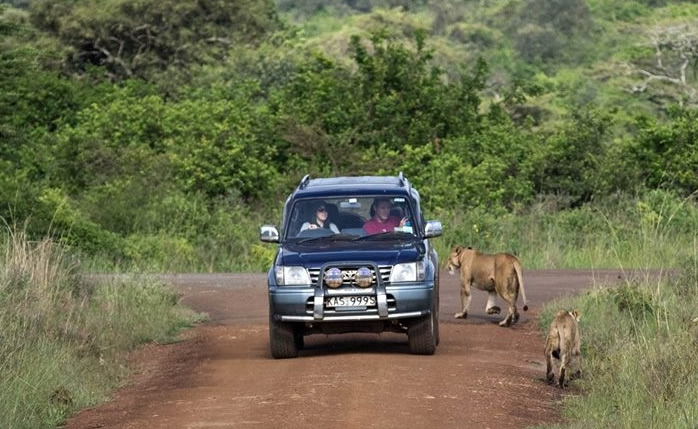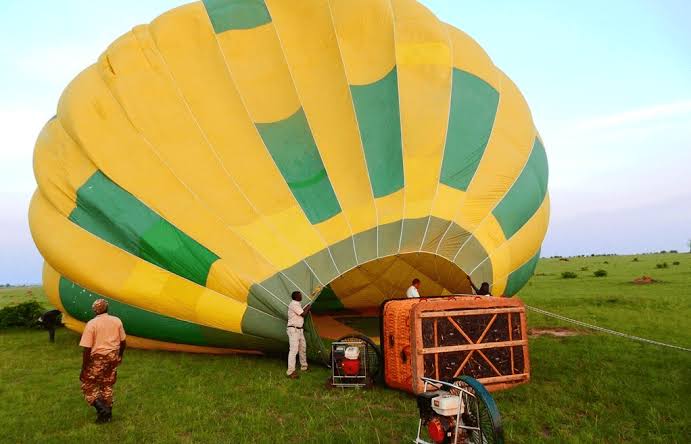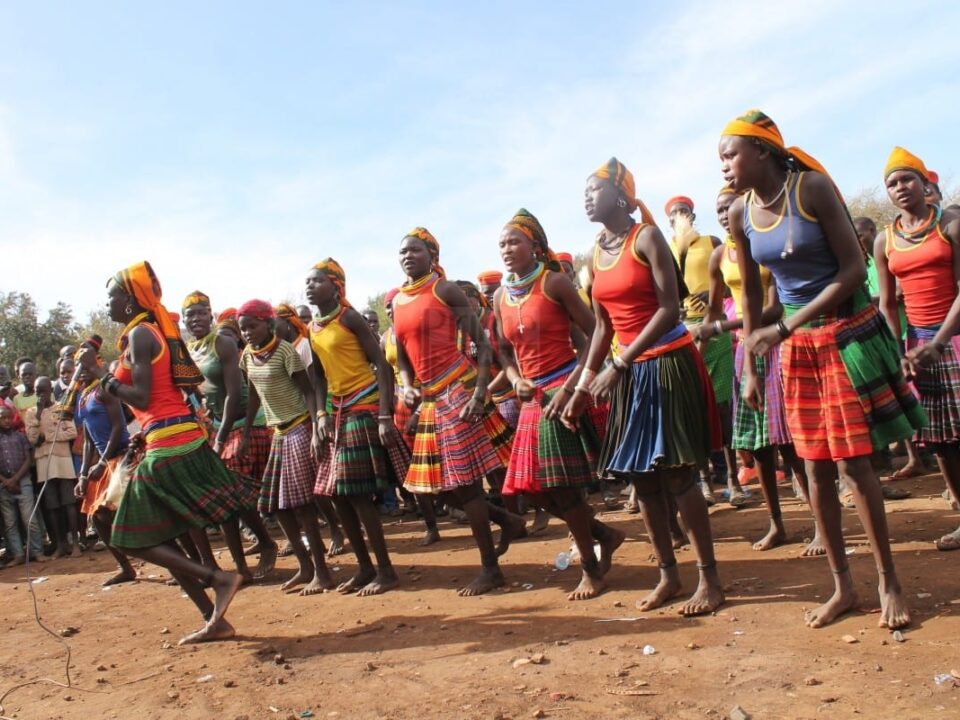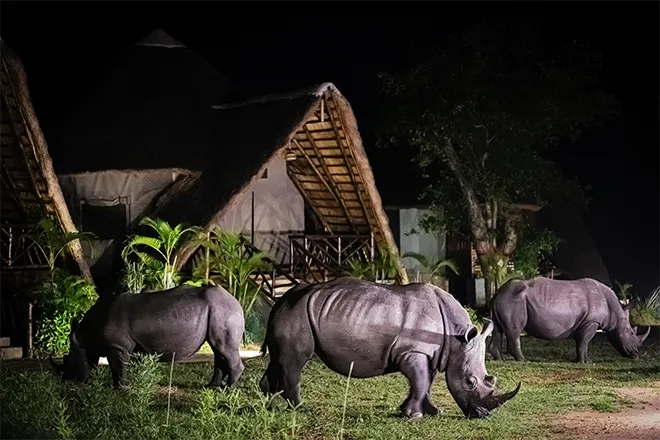- GET IN TOUCH WITH US:
- +256 753518160
- +256 777842166
- info@experiyatourcompany.com

What’s the best airline to fly into Nairobi?
November 20, 2025
How long is the drive from Nairobi to Mombasa?
November 20, 2025Can I Rent a 4×4 for Self-Driving in Kenya?
Travelers with a strong sense of adventure often wonder whether they can rent a 4×4 for self-driving in Kenya. The idea of navigating your own route through the savannah, exploring national parks on your own schedule, and experiencing the freedom of the open road is deeply appealing. Kenya, with its diverse landscapes, wildlife-rich national reserves, and extensive road network, is indeed a fantastic destination for self-drive enthusiasts. But while renting a 4×4 for self-driving is absolutely possible, it does come with important considerations about road conditions, safety, rental requirements, insurance, park regulations, and driving standards.
This comprehensive guide covers everything you need to know before renting a 4×4 for a self-driving adventure in Kenya, helping you understand the realities on the ground and how to prepare for the journey. By the end, you will be well-informed about the process and ready to decide whether a self-drive safari is right for you.
Yes, You Can Rent a 4×4 for Self-Driving in Kenya
Self-driving in Kenya is becoming increasingly popular among travelers who seek independence, flexibility, and a deeper immersion into landscapes. Car rental agencies in Nairobi, Mombasa, and major towns offer 4×4 vehicles suited for safaris. Many international visitors choose options like Toyota Land Cruisers, Toyota Prados, or Toyota RAV4s, all designed to handle rough terrain and long-distance travel. Some 4×4 rental companies also provide camping gear for travelers who want to explore the country’s wilderness with full autonomy.
The availability of rental vehicles is quite good, and travelers can choose between manual or automatic transmissions. However, the most important element of a successful self-drive safari is preparation—understanding the terrain, obeying local traffic laws, and selecting a reliable rental agency.
Types of 4×4 Vehicles Available for Self-Drive
Most self-drive travelers choose between mid-size SUVs and full-size safari vehicles. Common options include:
Toyota Land Cruiser: The king of safari vehicles—powerful, durable, and ideal for rough terrain
Toyota Prado: A slightly smaller but comfortable and capable 4×4
Toyota Hilux: A strong pick-up truck with great performance on gravel roads
Toyota RAV4: Suitable for mild safari destinations and paved roads
Land Rover Defender: Rugged with excellent off-road performance
Full-size Land Cruisers are especially useful for visiting parks like Maasai Mara, Amboseli, Samburu, and Tsavo, where off-road conditions and muddy roads may challenge smaller cars. For coastal travel or visits to central Kenya, mid-size SUVs are often sufficient.
Road Conditions in Kenya: What to Expect
Kenya has a mixed road system. Some highways are well-maintained, while others may be bumpy or uneven. Once you leave major roads, especially inside and around national parks, expect gravel, dirt, rocky, or muddy conditions.
Well-tarmacked roads include:
Nairobi–Nakuru highway
Nairobi–Mombasa highway (with some rough sections)
Nairobi–Nanyuki
Less smooth roads can be found in:
Maasai Mara region
Tsavo East access roads
Some parts of Amboseli during rainy seasons
Rural and remote conservancies
During rainy seasons (March–May and November), some park roads can become slippery or flooded, requiring stronger 4×4 capability. Dry-season travel is easier, but dust and corrugation remain common.
Self-Driving Inside National Parks
Most national parks in Kenya allow self-drive visitors. Maasai Mara, Amboseli, Tsavo East, Tsavo West, Nairobi National Park, and Lake Nakuru are all accessible to travelers with 4×4 vehicles. However, there are important guidelines:
Stick to designated tracks to avoid fines
Keep a safe distance from wildlife
Avoid driving too close to big cats or elephants
Never exit the vehicle except at designated points
Drive slowly to protect both wildlife and the vehicle
Follow park opening and closing times strictly
Park rangers are helpful and often provide road condition updates. Remember that some parks do not have fuel stations inside, so plan fuel needs carefully.
Navigation and Route Planning
Self-drive adventurers should plan their routes before setting off. Google Maps works well along major roads, but offline maps are essential in remote areas. Apps like Maps.me or Tracks4Africa are highly recommended.
A GPS device is useful, especially for navigating within large parks. Lodges, camps, and wildlife conservancies often send detailed driving instructions, which help travelers avoid confusing off-road junctions.
Safety Considerations for Self-Drive Travelers
While Kenya is generally safe for self-driving tourists, there are safety guidelines you should follow:
Avoid night driving—visibility is poor and animals may cross roads
Keep doors locked when driving through towns
Avoid stopping in isolated areas
Refuel whenever the tank is half-empty
Carry extra water and snacks for long drives
Stay updated on weather and road conditions
Tourists should also store valuables out of sight. Keeping an emergency contact list—including your rental agency, lodge, and local emergency services—is important for peace of mind.
Driving Requirements in Kenya
To rent a 4×4 in Kenya, you typically need:
A valid driver’s license (from your home country)
An International Driving Permit (optional but recommended)
Minimum age of 23–25 years (depending on the rental company)
A credit card for deposit and insurance
Kenyan roads follow left-hand driving, similar to the U.K. and Australia. Speed limits vary between 50 km/h in towns and 100 km/h on highways. Police checkpoints are common but usually friendly; follow instructions and show your documents.
 Rental Insurance and Deposits
Rental Insurance and Deposits
Vehicle insurance is crucial when renting a 4×4. Standard coverage usually includes:
Third-party insurance
Collision Damage Waiver (CDW)
Theft protection
However, insurance may not cover:
Damage to undercarriage
Tire punctures
Cracked windshields
Off-road mishaps
Getting stuck in mud
Travelers should ask for full details before signing the rental agreement. Many rental companies offer add-on insurance to reduce liability for minor damages. A refundable deposit is required, which can range from USD 500 to USD 2,000 depending on vehicle type.
Advantages of Self-Driving in Kenya
Self-driving offers a level of freedom that guided safaris cannot match. You decide when to stop for wildlife sightings, how long to stay at a lookout point, and which roads to explore. This independence appeals to adventurous travelers, photographers, and those who enjoy solitude in nature.
Self-driving also allows you to explore off-the-beaten-path destinations such as:
Laikipia conservancies
Mount Kenya region
Magadi and Shompole
Samburu and Buffalo Springs
The Great Rift Valley lakes
Additionally, self-drive safaris can be more cost-effective compared to fully guided trips, especially for long stays or group travel.
Challenges of Self-Driving in Kenya
While self-driving has many benefits, it is not without challenges. Navigation in the bush can be tricky, especially when road signs are limited. Unexpected weather changes can turn dry roads into muddy stretches. Wildlife encounters, while thrilling, require caution and confidence. Vehicle breakdowns, although rare when using reputable agencies, can still occur, so travelers should choose companies with solid roadside support.
Some travelers prefer guided safaris because they want expert wildlife interpretation, local knowledge, and worry-free logistics. Self-driving is ideal for confident, experienced drivers who are comfortable with long distances and off-road situations.
Tips for a Smooth Self-Drive Experience
To ensure your self-drive adventure is safe and enjoyable, consider these tips:
Choose a reliable rental agency with strong reviews
Inspect the vehicle thoroughly before leaving
Check tire condition, spare tire, tools, jack, and first-aid kit
Carry cash for rural fuel stations
Download offline maps
Start long drives early in the morning
Stay patient—roads may be slow but scenic
Respect wildlife and park rules
Keep your phone charged and carry a power bank
Preparation transforms a challenging trip into a rewarding journey.
Should You Self-Drive or Hire a Driver?
Many travelers rent a 4×4 but still hire a local driver. This option offers the best of both worlds—freedom of travel and expert handling of local roads. Kenyan drivers know wildlife behaviour, road shortcuts, safe detours, and how to handle unpredictable terrain. Hiring a driver is surprisingly affordable and allows you to relax and enjoy the scenery.
For first-time safari visitors, this hybrid option can be ideal.
Travel Confidently with Professional Support
Whether you choose to self-drive or hire a guide, your safari should be safe, well-organized, and unforgettable. Experiya Tour Company provides professional assistance to travelers, helping them plan routes, choose the right vehicle, and prepare effectively for their adventure.
Their expert team ensures your journey is seamless—from airport pickup to lodge reservations, safari guidance, and on-ground support.
For a smooth, memorable Kenyan adventure tailored to your needs, booking your travels with Experiya Tour Company is highly recommended.




